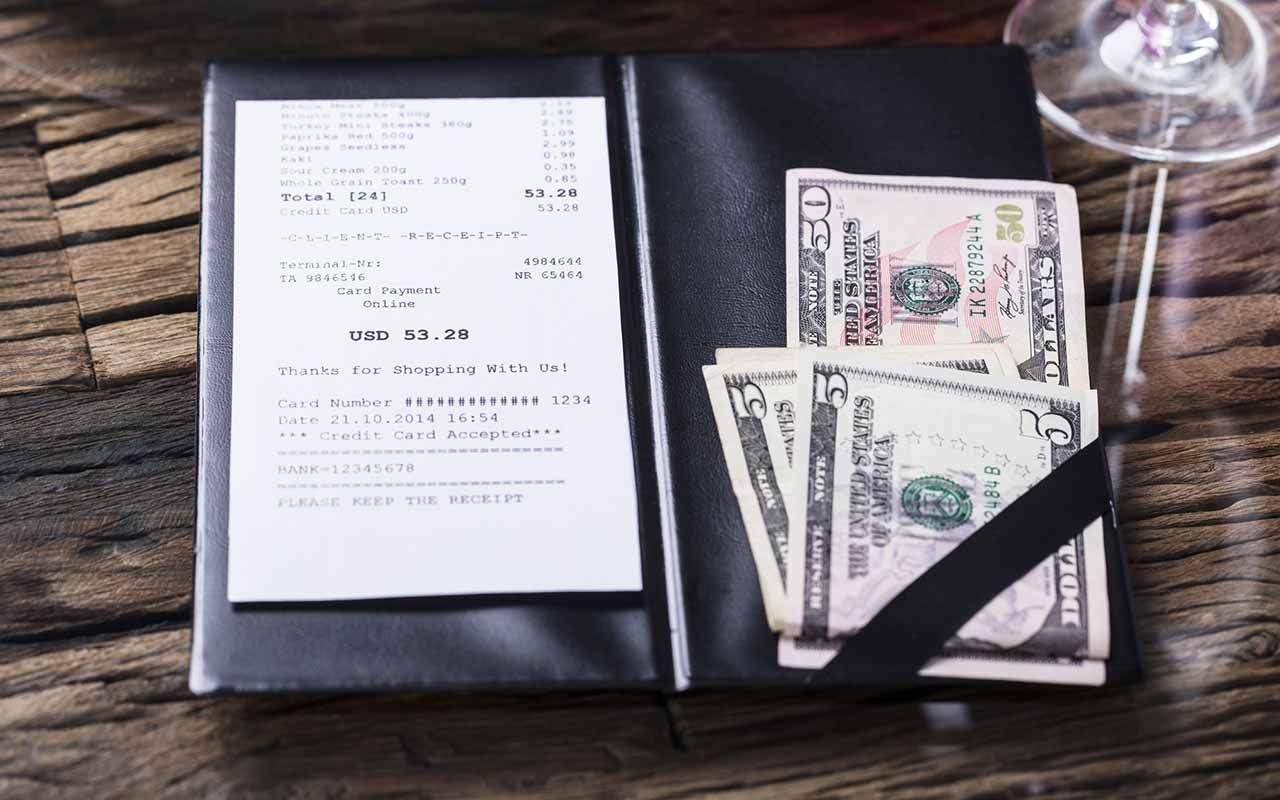Tipping Culture in America: Analyzing Current Trends
The pandemic altered numerous aspects of business operations, one significant change being the approach to tipping during customer interactions. Understanding this evolving landscape is essential, and iBestTravel’s team will continue to provide insights and forecasts about what to expect in the future.
The Current State of Tipping
Many Americans have reached a tipping point regarding gratuities. According to a recent Bankrate survey, two-thirds of U.S. adults hold a negative view of tipping. Notably, 30% of respondents believe that tipping culture has spiraled out of control. Furthermore, 41% express that businesses should compensate employees adequately instead of relying on tips, although only 16% would be willing to pay more if tipping were eliminated. Many individuals, around one-third, find pre-set tipping suggestions on payment screens or devices particularly irritating.
Economic Factors Influencing Tipping
Inflation and broader economic uncertainty likely contribute to the growing reluctance among consumers to allocate gratuities. Alarmingly, there’s a trend of decreasing engagement in tipping year after year. Along with this, requests for tips via digital platforms have proliferated across various fast-food outlets and other service sectors. Consequently, 15% of survey participants reported feeling perplexed about appropriate tipping amounts during new social interactions.
Generosity Among Diners
Despite general discontent with tipping, 44% of adults dining in sit-down restaurants still tip 20% or more. Interestingly, the most generous demographic is the baby boomer generation; 57% of individuals within this group frequently tip 20% or higher.

Conclusion
In summary, the tipping culture in America is undergoing significant changes influenced by economic pressures and shifting consumer attitudes. Understanding these dynamics will be crucial for both businesses and consumers as they navigate the complexities of gratuities in the coming years.




